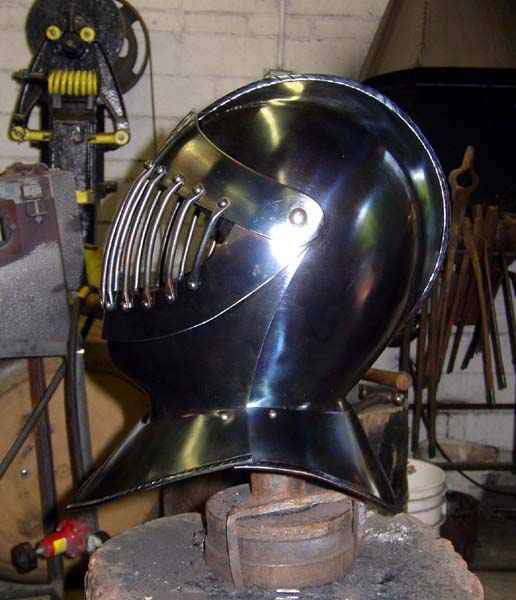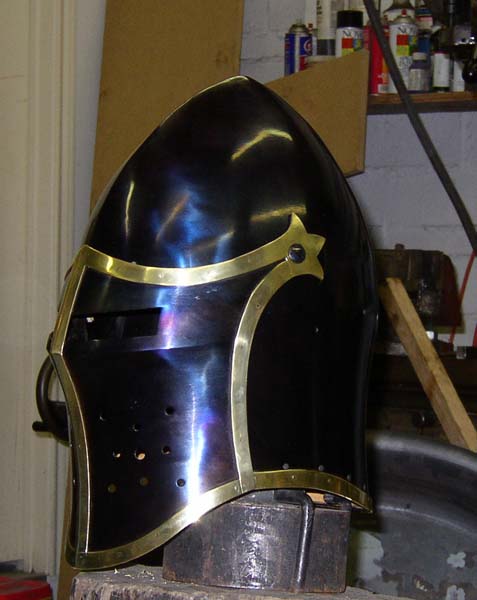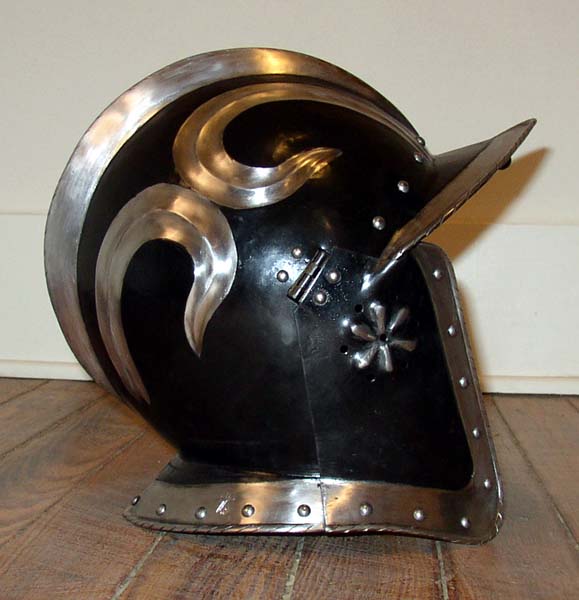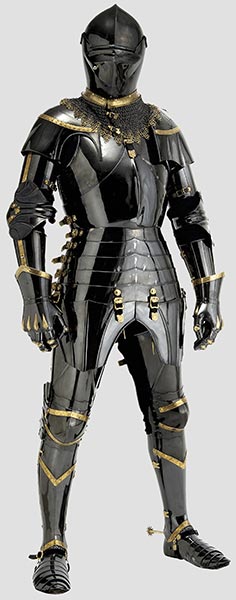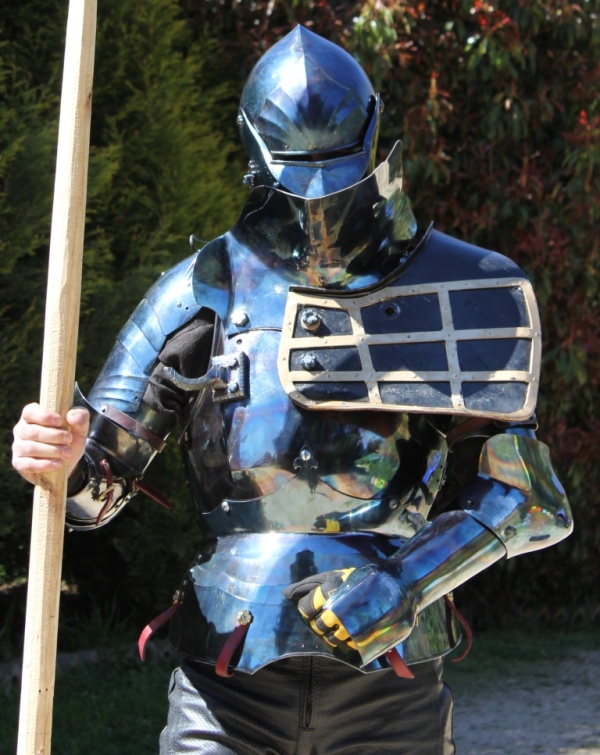I recently posted a series of photos of my latest harness, dated around the time of Agincourt, 1415.
I had used a bluing chemical called " Super Blue" by Birchwood. In the instructions it asked me to degrease the surface ( i used acetone ), rinse in cold water, wipe dry and then apply the bluing. After that it asked me to take a fine scratch pad and go over the area...I was reluctant to do that cuz I wanted to keep the same finish on my harness :/ I did this process 3 times for each piece and there were several areas that weren't consistent, but it looked rather nice all around :)
But I'v been oiling it every day and I seem to be getting rust now! Been super frustrating and would like to know how I could do better next time. Should I have done the steel wool like the instructions asked? Would it have made that much of a difference with preventing it from rusting? Should I have done more layers?
I have been investigating some possible other methods of bluing/blackening the harness. I read somewhere that they used to blacken it from the furnace, and that helped against the rust. But its unclear how I would do that :/ I could also try to blue it by heating up the piece and dunking it in oil, but not sure how to have the heat be even throughout the whole piece
Im interested in any advice, alternative methods and techniques I could try to make this work better for me. I could go the easy route and have a mild look to it, but that's done all the time (not that its a bad thing, I just want a different, yet documented look ;) )
Thanks in advance :)
-Reece
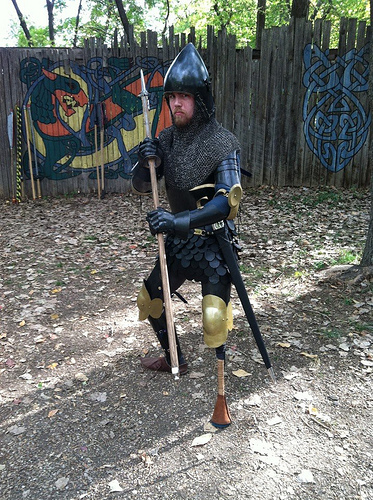
The harness in question
